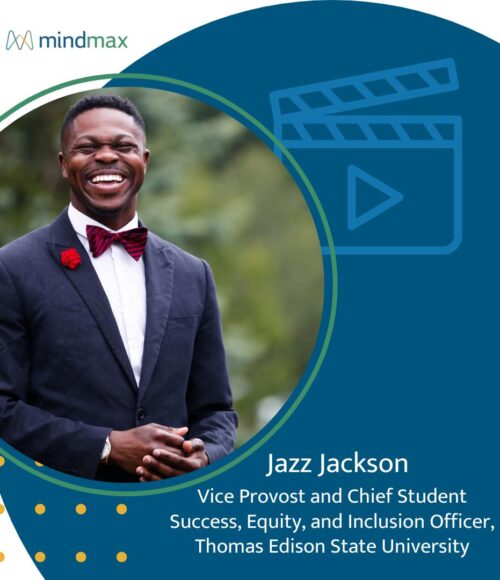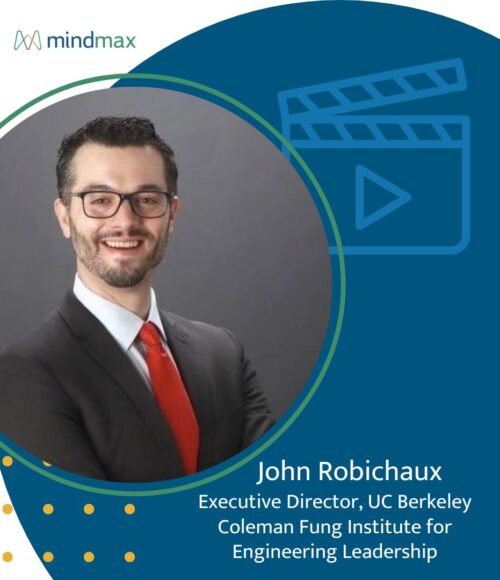Closing the Gap with Purpose, Persistence, and Perspective
Closing the Gap with Purpose, Persistence, and Perspective
What do you get when you mix a university president, educational researcher, and a long-term learning, marketing and enrollment strategist? You get a lot of interesting advice about how universities can more effectively engage with business to provide the services integral to meeting workplace needs in general and those offerings specific to a company’s mission in particular.
Christopher Howard, President of Robert Morris University, Cushing Anderson, Program Vice President at IDC, and I met in discussion with George Irvine, Director of Corporate Programs and Partnerships, University of Delaware, for an UPCEA OEED webinar titled, “How Will Continuing and Professional Education Meet the Needs of Corporate Learning in the Next 5 to 10 years?”
George Irvine did a great job of moderating our panel and garnering the following actionable advice from our group:
Help has to be nimble and agile.
Dr. Howard described his “listening tour,” wherein he travels around the region to meet with CEOs to hear about what their needs are. “Demonstrate that this is important, listen thoughtfully, and understand the market place. Then we can share the right forces for moving forward.”
CEOs need to think short term, medium term, and long term, says Howard. For example, a CEO needs people to work in his facility right now to make sure he can deliver on the bottom line; he needs graduates to be the leaders for that organization; and he needs the intellectual horsepower of the university to help the company be the “firm of the future.”
Where does agility come in? It’s difficult, says Howard, for a big university to have the level of touch required and for a smaller one to meet the needs of a large corporation. He describes Robert Morris University as being “large enough to matter and small enough to care.”
Listen carefully and take the long-term view.
Cushing Anderson reminded participants of the need to listen and understand a corporate client’s pain points, but not to necessarily offer to solve these problems immediately and with only your own toolset. “Hear enough to come back and determine how to solve their pain points using a number of different toolkits.” Anderson warns us against “moving at a whim.” “The client wants you to bring that long-term perspective and value.” Be more reflective, he says, and less reactive. “Be more than a flash in the pan.”
I can’t agree with this more. Don’t offer a laundry list of everything you can do. Listen carefully and work backward from the pain points.
Accentuate the positives, but . . .
For my part, I’d advise PCOs to absolutely accentuate the positives, but to also compensate for the negatives. Work on your strengths, but address the lack of agility, etc. Oftentimes, organizations, academic or those who partner with them, don’t do enough to address potential objections or concerns that might come from a particular weakness, such as a lack of agility, for example.
What this really boils down to is “Know thyself” and understand your own inventory; address what you are most capable of.
Be purposeful, persistent and take a historical perspective.
It was a privilege to engage with Chris, Cushing, and George on a topic that MindMax cares deeply about. There was a lot of good advice shared about how universities can build better relationships with corporate clients moving forward and better serve the needs of the workplace. Some final pieces of advice from the panel:
- Reconcile and understand that there is a clash of cultures; balance that recognition of the differences with honest and authentic dialog.
- What’s going to matter is if the enterprise realizes the relevance to someone’s work. In the end, the client is buying behavior change.
- We no longer have a limited supply of information to provide, but people do have a limited amount of attention. Take that attention span, and talk about what matters.
UPCEA members, click here to access the entire webinar.
Related Ideas
Jazz Jackson Wants to Help Every Student Finish What They Start

John Robichaux Wants Lifelong Learning to Drive Public Impact
